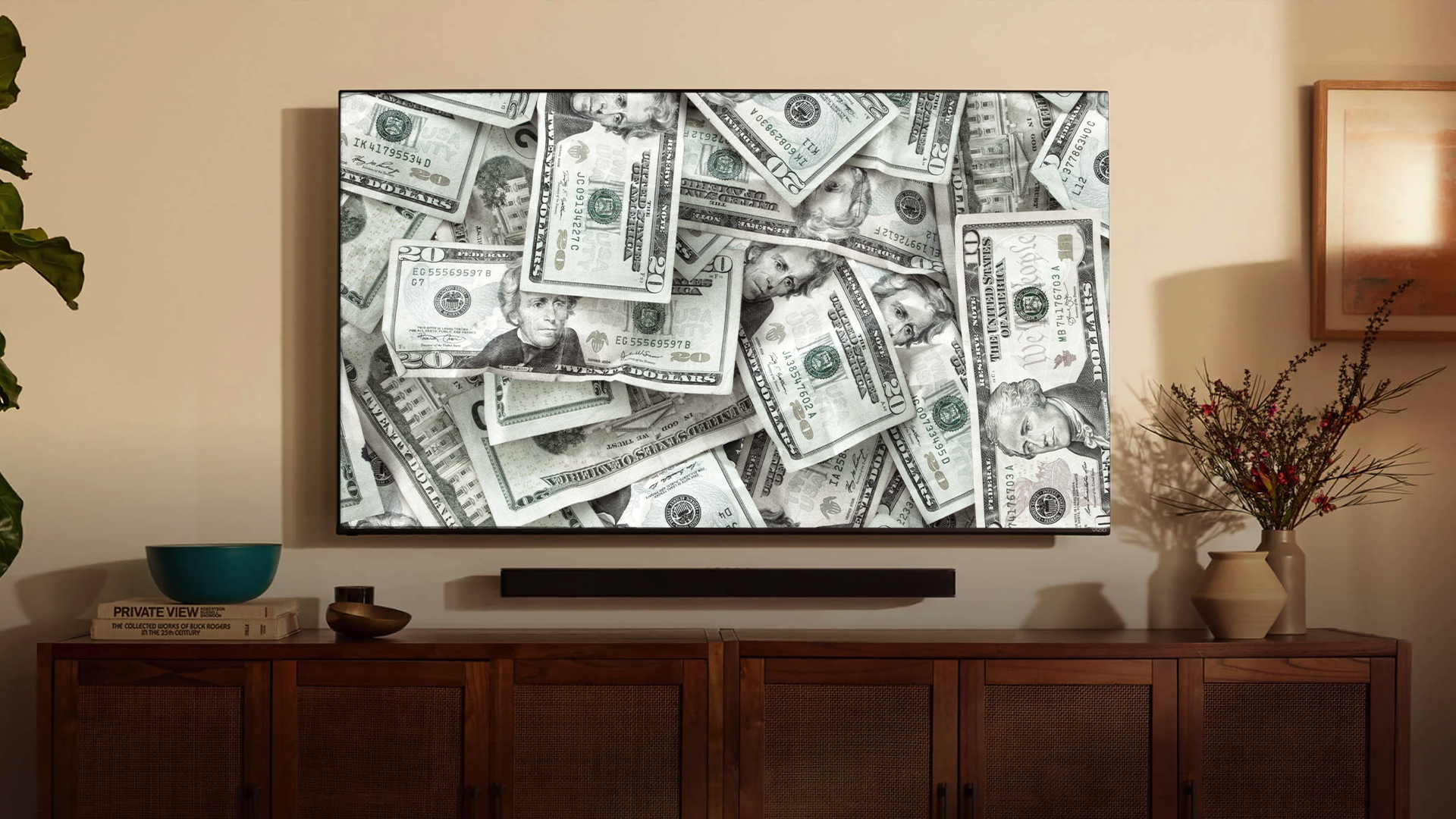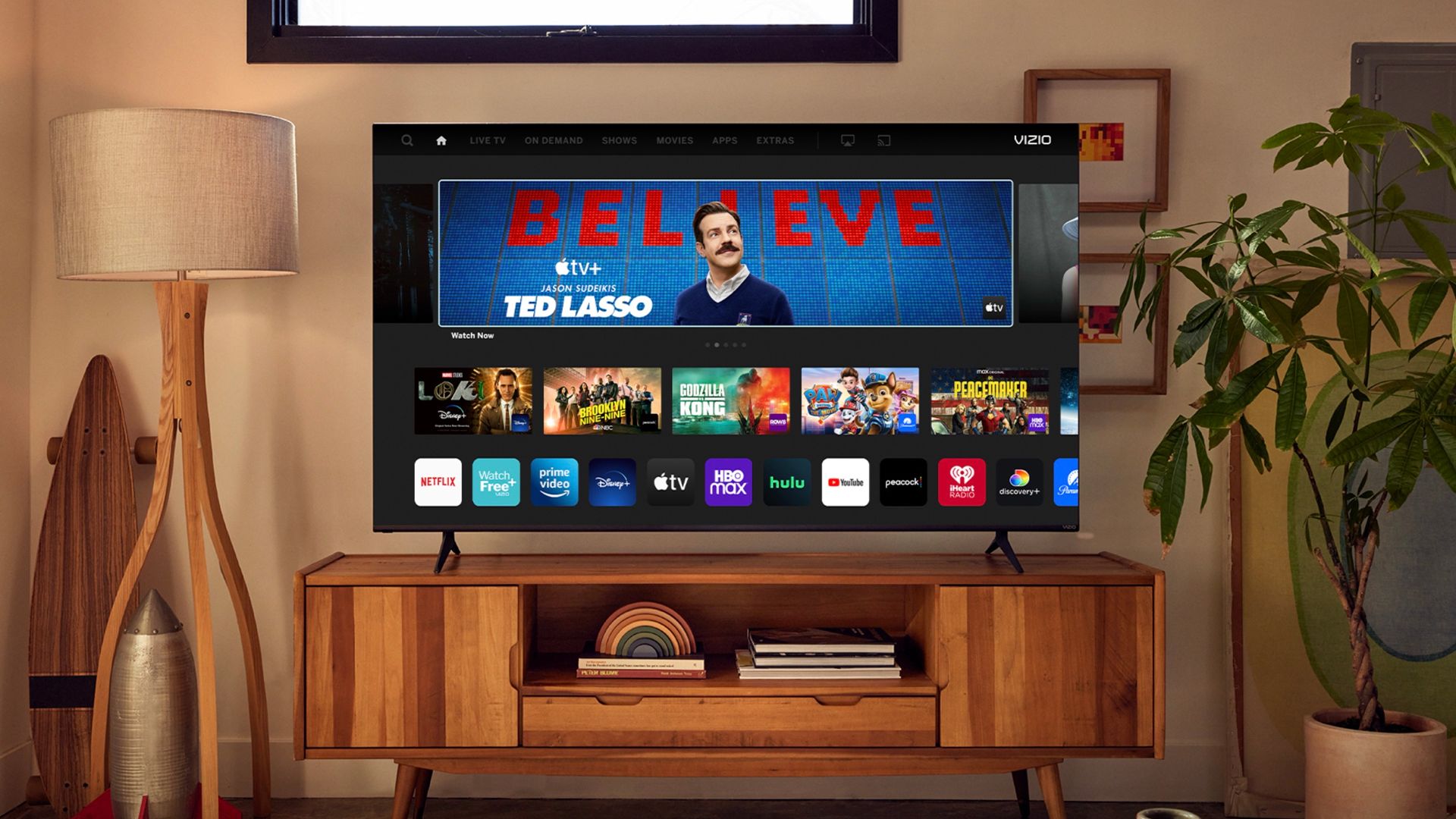Quick Links
Services like Netflix are defined by ad-free streaming. But this business model grows more expensive every year, and customers are starting to feel the pain. Ad-supported streaming is the only solution---it's cheap and profitable, and in just a few years, it will become the norm.
The Era of Cheap Ad-Free Streaming Is Over
Streaming services used to be a serious bargain. Netflix originally charged just $7.99 a month and offered an incredible library of shows and movies---it was a clear and attractive alternative to cable TV.
But the era of cheap streaming is over. Services like Netflix and Hulu now cost between $12 and $15 a month. And now that every media corporation owns a unique streaming platform, customers who want a wide selection of shows and movies are forced to join multiple services.
Let's do some math. As of October 2022, customers who subscribe to ad-free Hulu, Netflix, HBO Max, and Disney+ pay a total of $48 on streaming each month. That's $576 a year, which is a ridiculous amount of money, especially during an economic downturn.
If you haven't felt the sting of these rising costs, just wait. Streaming services are trying to eliminate password sharing, and Netflix is leading the charge. Plus, outside companies now see "password piracy" as a business opportunity. Adobe recently pitched an "anti-piracy" tool to help streaming services resolve this problem and recoup "lost profit."
To be clear, I believe that today's streaming market is the product of corporate greed, incompetence, and short-sightedness. In the early years, services like Netflix were so hellbent on dominating the streaming business that they created an untenable environment---IPs are overvalued, billion-dollar bidding wars are the norm, and expensive new content is carelessly pumped out in hopes of stumbling on a hit.
I'd love to go back in time and grab a few CEOs by their collars. Maybe we could've avoided this mess. But that ship has sailed, and ad-supported plans are the future of streaming.
Ad-Supported Streaming Will Become Standard
As of 2022, ads are the biggest trend in streaming. All major services, including Disney+, Netflix, and HBO Max, now acknowledge that advertisements will alleviate rising costs for consumers and produce a steady stream of profit.
Customers are weary of these ad-supported plans, which seem to always debut alongside a price hike. But ad-supported plans will fulfill their purpose---they will keep prices low. And you only need to look at Hulu for proof.
Hulu launched in 2007 as a free and ad-supported service. Its only paid subscription tier, called "Hulu Plus," unlocked a bunch of popular shows for $7.99 but did not remove advertisements.
Today, "Hulu Plus" is called "Hulu with Ads." Its price tends to fluctuate, and most notably, it fell to just $5.99 a month in 2019. But today, it costs $7.99, the same price that users paid over a decade ago. (For comparison, Hulu's ad-free plan debuted for $12.99 in 2015. It now costs $14.99 a month.)
Clearly, ad-supported streaming plans are profitable enough to maintain a competitive price. And in some situations, they may be more profitable than ad-free memberships. A New York Times article from 2019 details how Hulu makes, on average, $15 per subscriber each month---Hulu's ad-free plan was only $12.99 a month in 2019. The extra cash came from ads!
As streaming prices continue to rise, ad-supported memberships are bound to become the standard. There's just no other option. Customers can't afford to pay $15 to $20 a month for multiple services, but they'll pay half that price and tolerate some ads.
We Won't Enjoy the Ad-Supported Lifestyle
If we're lucky, the trend toward advertisements could mark a new "golden era" of streaming---we haven't enjoyed cheap or consistent prices in nearly a decade, and streaming services may produce exciting content thanks to increased cashflow.
But we shouldn't celebrate the transition toward ad-supported streaming. Ads frustrate viewers, and more importantly, they tarnish the streaming experience. Modern shows like Stranger Things feel so theatrical and binge-worthy because they're made for ad-free viewing.
Plus, ad-supported streaming won't solve corporate greed or incompetence. Streaming services will continue to make decisions that hurt customers---the first few years of ad-supported streaming will be tolerable, but at some point, ads will become more frequent and prices will increase.
What Can You Do?
The transition to ad-supported streaming is inevitable. But ad-free streaming memberships will continue to exist. If you hate advertisements, I suggest that you get in the habit of "rotating" your streaming services.
This is a pretty simple concept; instead of paying for a dozen streaming services, pay for one ad-free membership at a time. Join Netflix and immediately cancel your subscription so it doesn't renew at the end of the month. Then, if HBO Max launches a cool show, you can join its service. Rise, repeat, and enjoy cheap ad-free streaming.
You could also invest in physical media. I know, DVDs and Blu-Rays are really expensive on Amazon---that's why you should go to thrift stores, flea markets, and swap meets. Nobody wants discs anymore, so aftermarket DVDs and Blu-Rays are a ridiculously good bargain.
Bear in mind that physical media can be digitized. And if you set up a Plex server, you can stream this media from anywhere---you can build your own ad-free streaming service.




